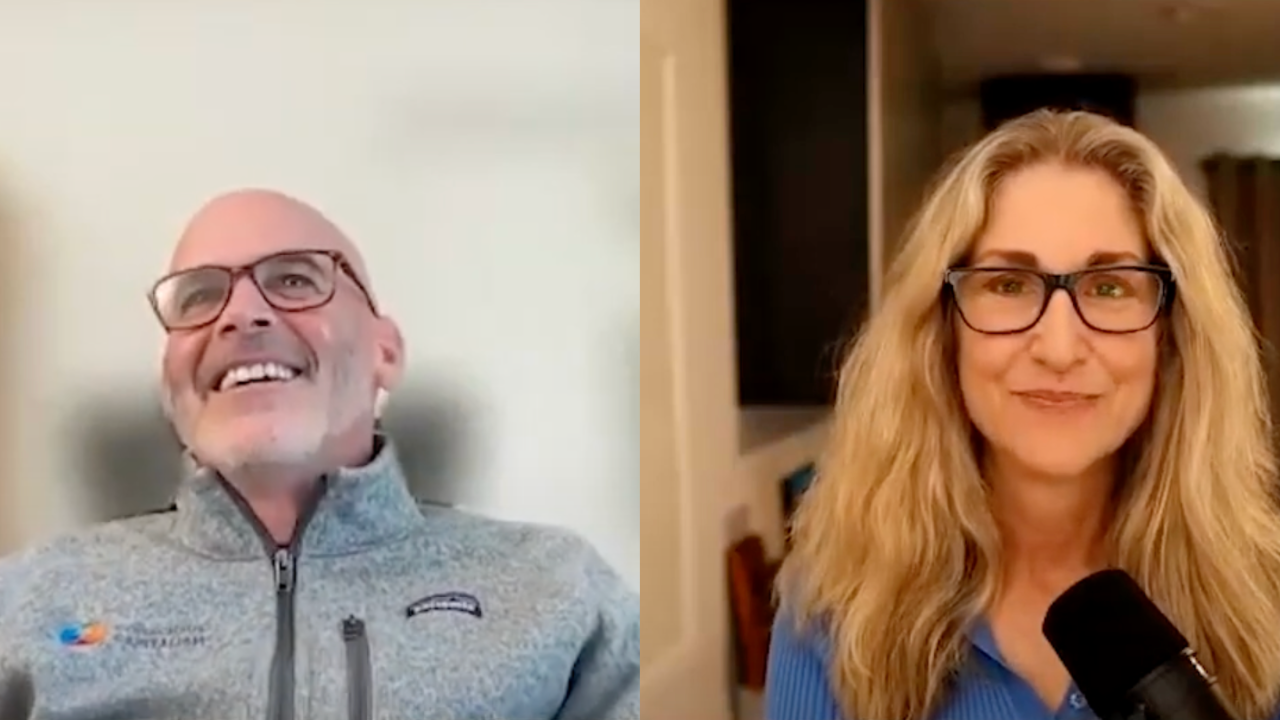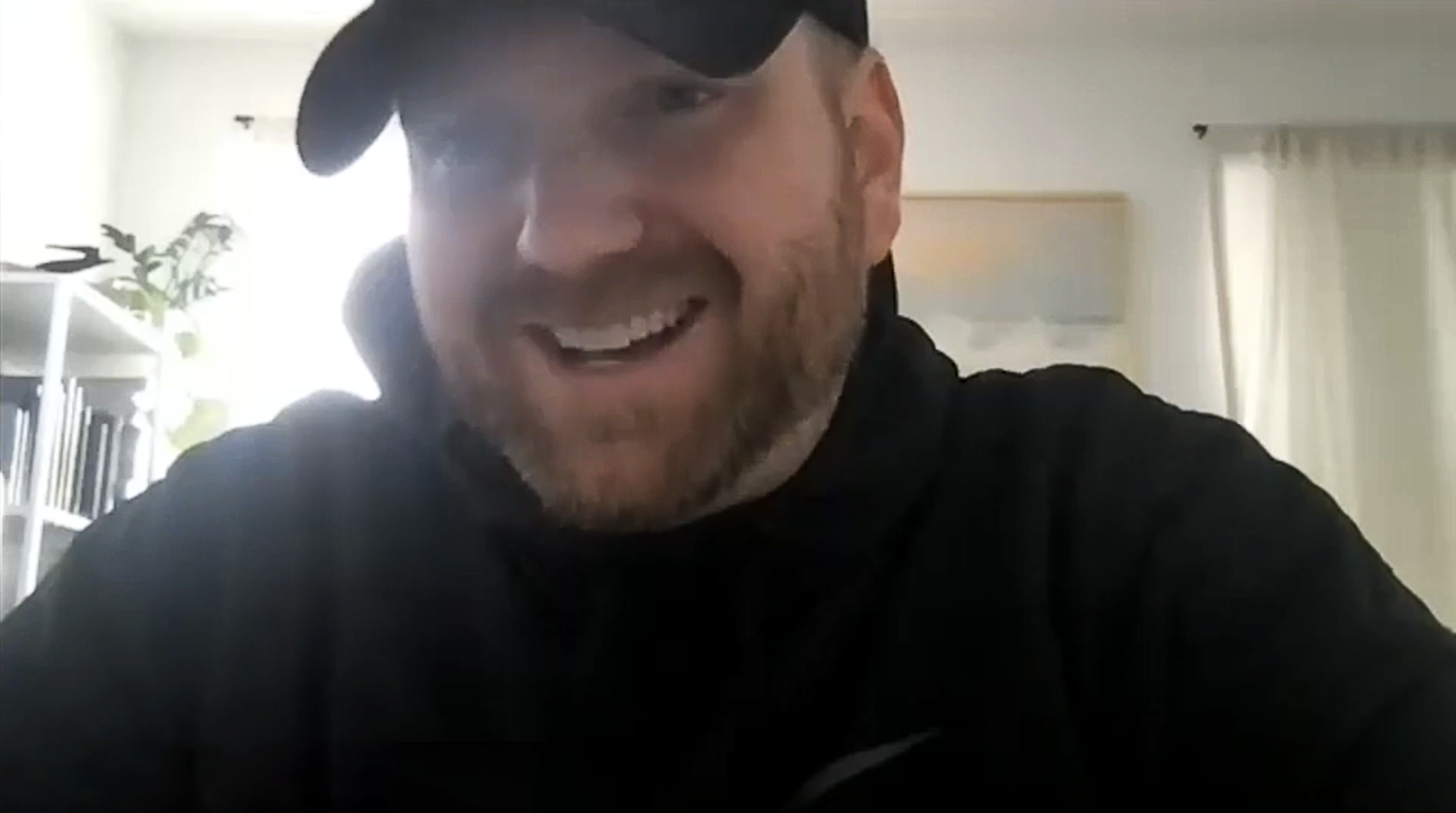On October 11, 2022, Lou Elliot-Cysewski and Seth Cysewski, co-founders of Coolperx, spoke with our Programs Specialist Michael Higgs about how to improve supply chain sustainability.
Coolperx focuses on a number of different aspects of sustainability, but chief among them is waste reduction. The company was founded on the idea that branded “swag” that companies give employees or event attendees is often poorly made or not exciting. As a result, it gets discarded. Coolperx, the first climate-neutral, net-zero merchandising company in the world, aims to change that by procuring high quality items that people actually want to keep.
Here are five ways to create better experiences and less waste with branded merchandise.
Plan in Advance
Event planning can be stressful. There are lots of moving pieces and branded merchandise is often an afterthought. “What generally happens is swag and gifts are left to the last minute,” Lou explained. But that’s a significant part of the problem. With such a short turnaround time the only options left are usually items that can be quickly and cheaply mass-produced. Lou continued: “[Procurement teams] are still asking for the cheapest possible items within two weeks or even less time.”
Advanced planning allows for more thoughtful branded merchandise and greater opportunity to make conscious decisions. It’s also the first step in providing more comprehensive support to procurement teams.
Create a Culture of Internal Consistency
Sustainability is currently a hot topic in business, with consumers putting pressure on companies to adopt more environmentally friendly practices. As Lou and Seth have learned firsthand, however, many companies’ sustainability pledges are no more than lip service. “The biggest challenge is in the procurement team’s ability to make conscious purchases. The procurer and whoever’s making these climate pledges are not talking,” Lou lamented. Seth explained that behind closed doors the pair had been told “we don’t care about sustainability” by large companies that had publicly claimed to support environmental initiatives.
Fixing this inconsistency is a matter of company culture. “Conscious Culture comes from the top and it ripples down. That’s just so important,” Seth argued. A genuine commitment to sustainability includes an evaluation of a company’s supply chain. Leadership should make procurement teams feel supported in making purchasing decisions with sustainability in mind.
Conscious Culture comes from the top and it ripples down. That’s just so important.”
Seth Cysewski
This might come in the form of an adjusted budget, but it doesn’t have to. Purchasing fewer promotional items of a higher quality has the potential to be cheaper than an excess of lower quality items. It also boosts the brand image, which is inextricably linked to the promotional products.
Cheap Swag is Bad Branding
Recipients inherently associate branded merchandise with the company giving it to them. By extension, the quality of the product is associated with the quality of the company. Opting for lesser options might save money, but it comes at the cost of cheapening the brand. “If companies are giving out trash that is how they will be associated,” Lou shared.
“Trash” might seem like a dramatic word to use, but it’s not an exaggeration, as more items are thrown away than kept. In Lou and Seth’s market research they found that only 21 percent of promotional items are kept for any length of time. The research publication pointed to this as a good thing, but Seth disagreed. “I was like 21 percent? What happens to the other 79 percent? It ends up in a landfill.”
The good news is that the reverse is also true: quality items are good branding, which is where Coolperx saw opportunity. Well-made items will be kept for longer periods of time which increases brand visibility, improves the recipient’s perception of the brand, and reduces waste.
Ditch the Lanyards
Lanyards are one of the most obvious examples of swag that just gets thrown away. “You have absolutely no other use for it,” Lou stated. “The new conference or event you go to is going to give you a new lanyard and a whole new setup.”
Instead of providing event attendees with new lanyards every year consider some alternatives. Lou and Seth worked with a company to create biodegradable paper lanyards. Collecting lanyards at the end of an event and reusing them again the following year is another great option. It’s even worth considering whether lanyards are necessary for an event. If they don’t provide event staff with important information, participants are usually capable of navigating conversation without a nametag. Let everyone know at the start of the event and allow peer-to-peer communication to flow more organically.
Explore Different Components of Sustainability
Reducing waste by focusing on high-quality items is important, but it’s not the only way to minimize negative impact. “Sustainability isn’t binary, it’s not yes or no. Whether it’s fair labor, keepability, recycled, etc.,” Seth pointed out. “Whatever you do, just start somewhere. It doesn’t have to be everything, but if you’re able to start somewhere and get that integrated throughout your organization it can have such huge impact,” he added.
Auditing the supply chain for all of these components can uncover issues that need to be addressed. Seth shared that sometimes it takes dropping a supplier to have them make a shift. “We tell them we’re going to stop working with them and they come back to us every time they’ve made a change.” Sometimes that change is significant enough to begin working together again, other times it isn’t. What’s important, though, is that it’s a step in the right direction.
Thoughtfully considering promotional products can increase the number of impressions a brand gets from each item, increase brand perception, reduce waste, and reduce costs, creating better outcomes for all stakeholders.
Want to continue this conversation with other Conscious Leaders and gain access to exclusive post-event discussion questions? Join our Senior Leader Network for more.
Attend an upcoming virtual gathering
Our Virtual Gatherings are designed for business leaders, investors, and advocates who are looking to level-up their practice by learning from and connecting with Conscious Capitalists around the world.


